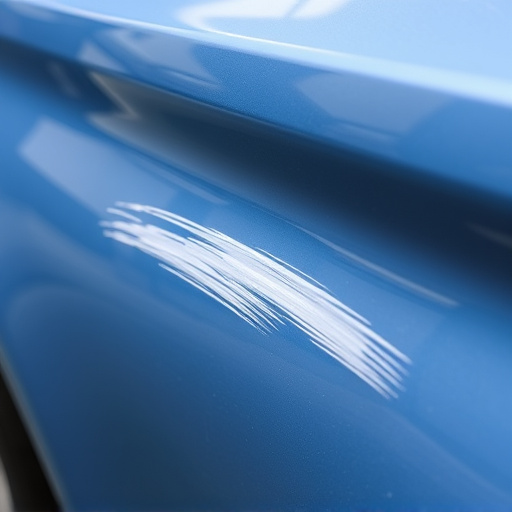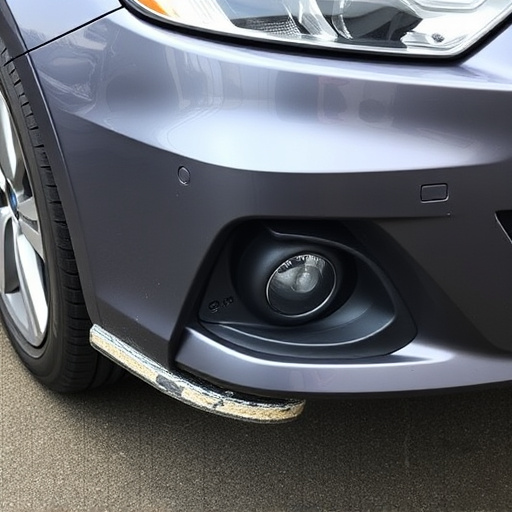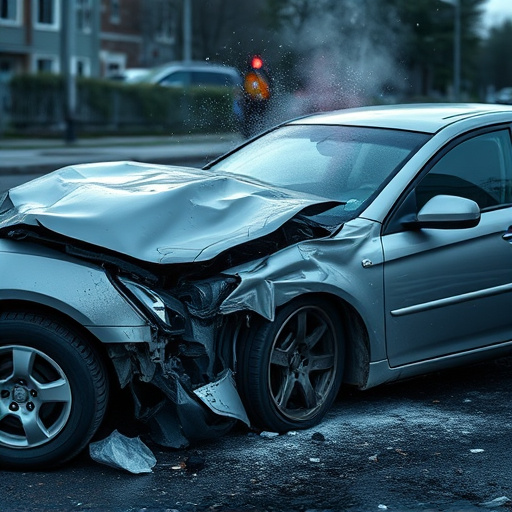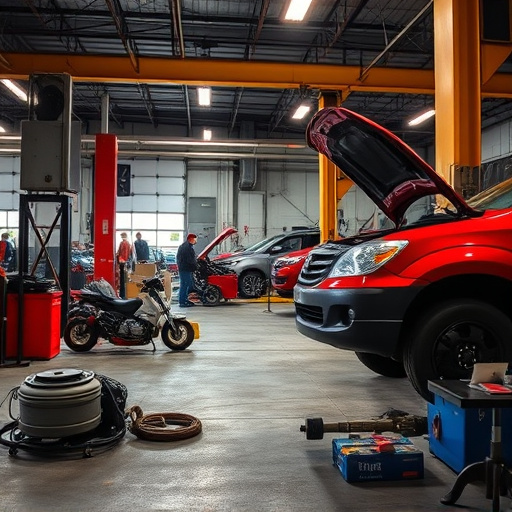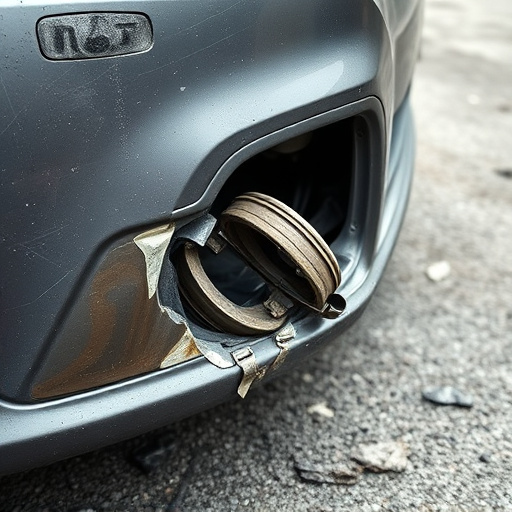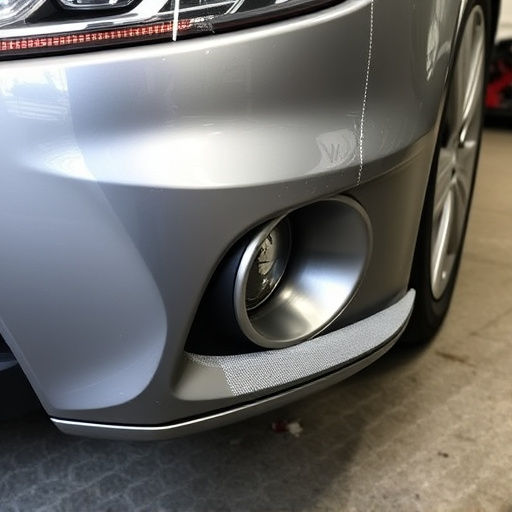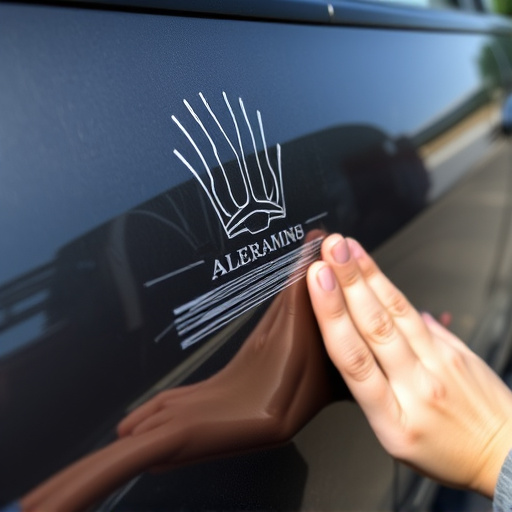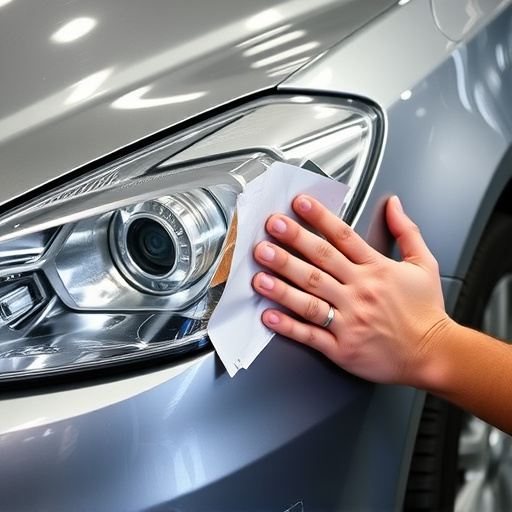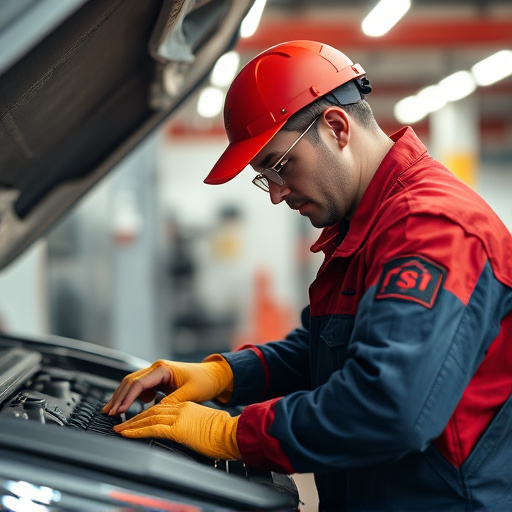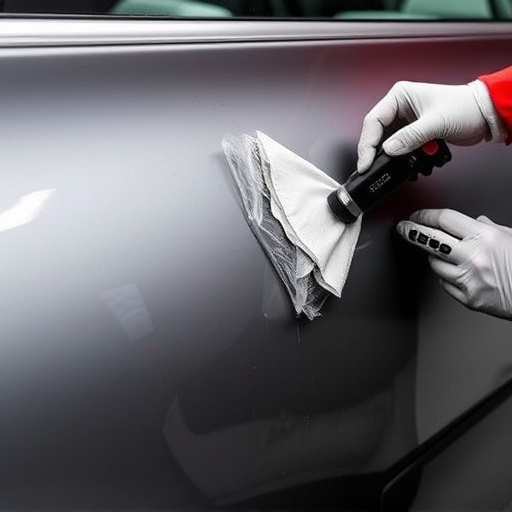When filing an insurance claim for vehicle damage, opt for insurance-certified repairs to ensure industry standards are met. Trained professionals assess structural integrity, cosmetic, and mechanical issues, providing detailed cost estimates using specialized techniques and quality parts for luxury vehicles. Proper documentation, including police reports, medical bills, assessments, estimates, receipts, and invoices, is crucial for streamlined claims processing and accurate reimbursement. Reputable automotive body shops specializing in insurance-certified repairs maintain vehicle quality, adhere to manufacturer specs, use advanced tools, and protect against future issues through genuine parts and meticulous record-keeping.
Looking to navigate the claims process efficiently? Discover how to leverage insurance-certified repairs for a smoother, more secure experience. This guide breaks down the intricate insurance-certified repair process, guides you through gathering essential documentation, and emphasizes the paramount importance of quality and compliance in ensuring your repairs meet insurance standards. By following these steps, you can effectively manage your claims and restore peace of mind.
- Understanding Insurance-Certified Repair Process
- Gathering Necessary Documentation for Claims
- Ensuring Quality and Compliance in Repairs
Understanding Insurance-Certified Repair Process
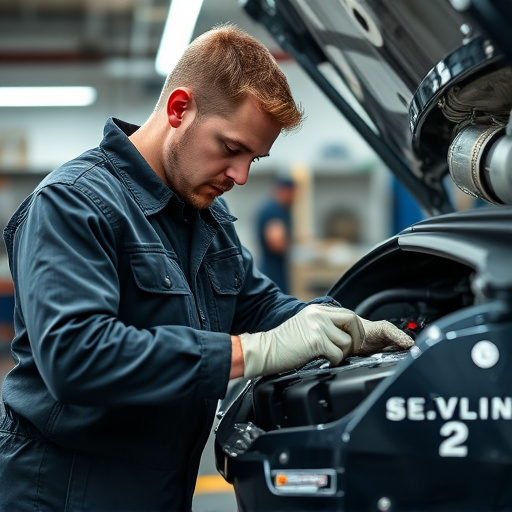
When you file an insurance claim for damage to your vehicle, understanding the process of insurance-certified repairs is crucial. This ensures that the restoration of your car or truck meets the strict standards set by your insurer and complies with all necessary guidelines. Insurance companies often require that certified repair facilities handle these types of claims, guaranteeing a thorough and precise assessment of the damage.
The process begins with an evaluation by a trained professional who inspects the vehicle to determine the extent of the repairs needed. This includes assessing structural integrity, cosmetic damage, and any mechanical issues. Once the scope of work is established, the certified repair shop will provide you with an estimate outlining the costs involved in the automotive repair services. For luxury vehicle repair, specialized techniques and high-quality parts may be required, ensuring that your vehicle not only looks new but also retains its value after the repairs are completed.
Gathering Necessary Documentation for Claims
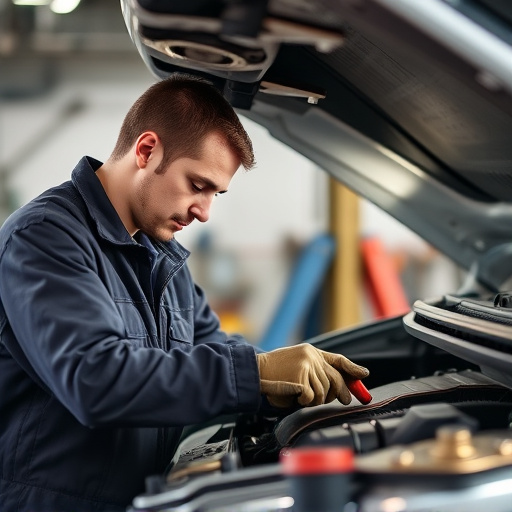
When preparing for an insurance claim, gathering the right documentation is a crucial step, especially when considering insurance-certified repairs. This process requires meticulous attention to detail as it involves collecting all relevant information and evidence related to the vehicle’s damage. It’s essential to have comprehensive records of the incident, including police reports, medical bills (if applicable), and any initial assessments or estimates for repair from trusted car repair services.
Additionally, owners should ensure they keep all receipts and invoices from the proposed vehicle body repair process. These financial records are vital as insurance companies will need to verify the costs associated with the car repair services. Proper documentation not only ensures a smoother claims process but also guarantees that you receive accurate compensation for the necessary insurance-certified repairs.
Ensuring Quality and Compliance in Repairs
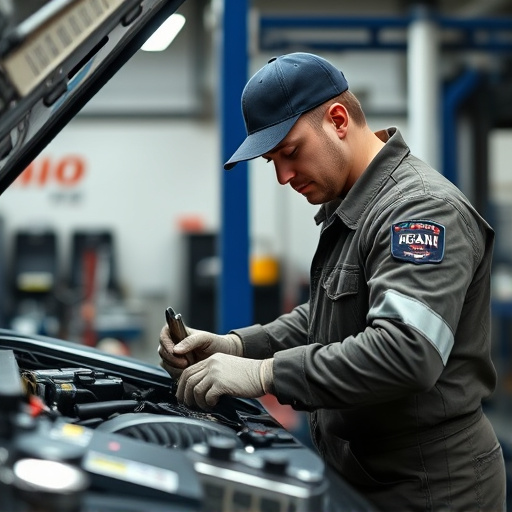
When it comes to insurance-certified repairs, ensuring quality and compliance is paramount for both policyholders and insurance companies. Opting for reputable automotive body shops that specialize in such repairs guarantees that your vehicle is handled by trained professionals equipped with the latest tools and techniques. These certified repair facilities adhere to strict industry standards, ensuring every component of the repair process meets or exceeds the manufacturer’s specifications.
Choosing an insurance-certified repair center for dent repair or vehicle collision repair means your car is restored using genuine parts and advanced technology, minimizing the risk of future issues. Moreover, these shops maintain comprehensive records of all repairs, providing transparency and accountability throughout the claims process. This meticulous approach not only protects policyholders’ interests but also helps insurance companies maintain compliance with industry regulations.
Applying insurance-certified repairs to your claims ensures a transparent, compliant, and high-quality restoration process. By understanding the certified repair process, gathering essential documentation, and prioritizing quality control, policyholders can effectively navigate their claim settlements. Incorporating these steps into your claim management strategy streamlines the repair work, ultimately facilitating a smoother recovery experience.
